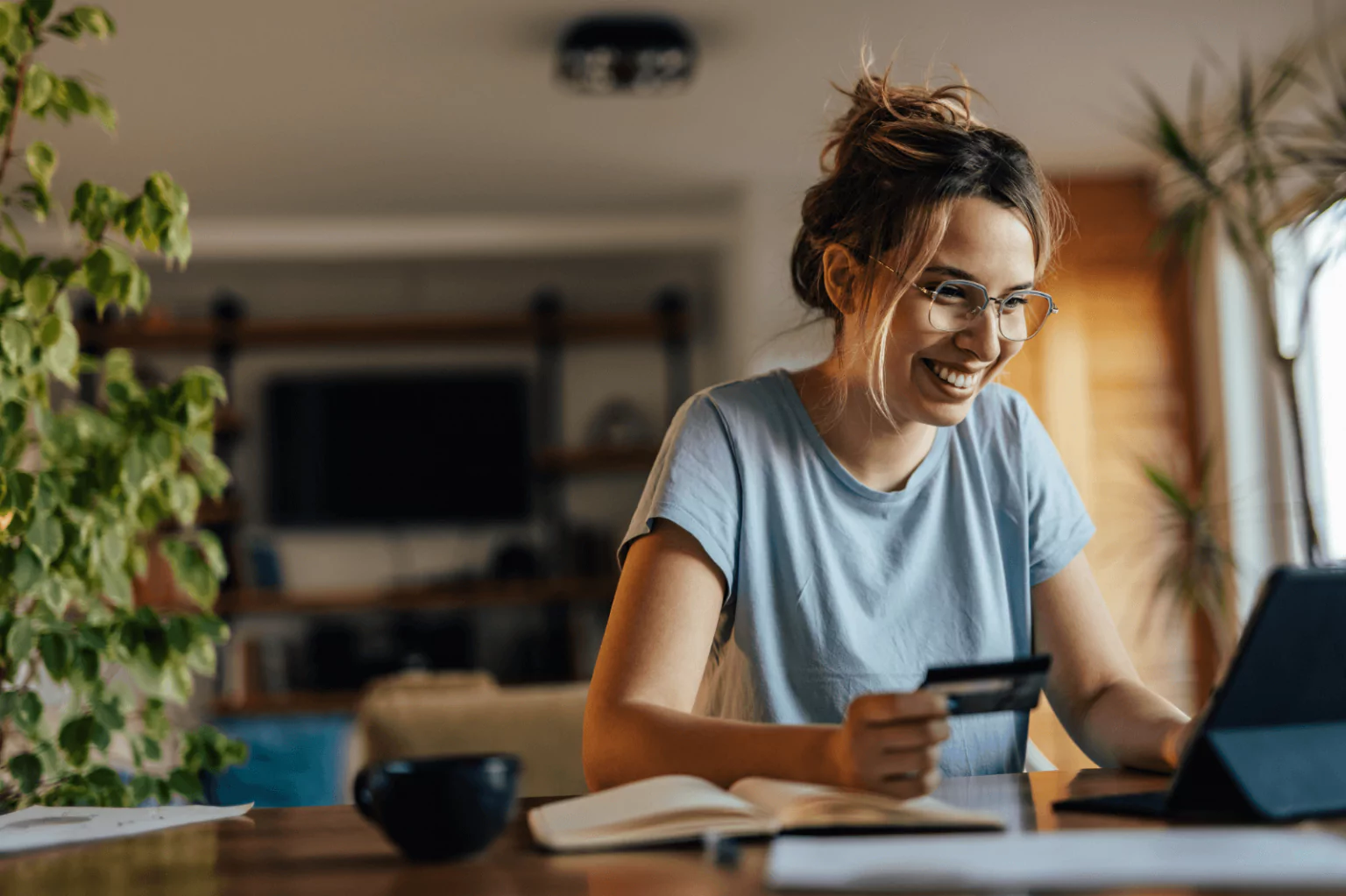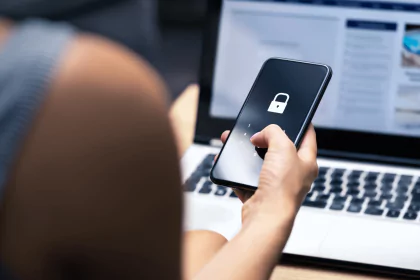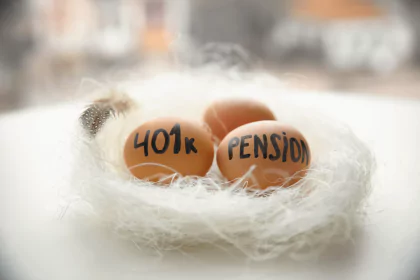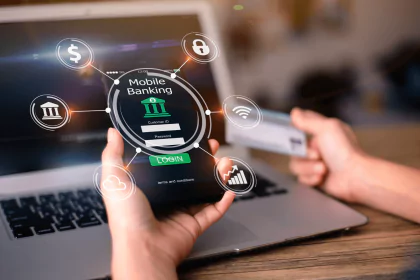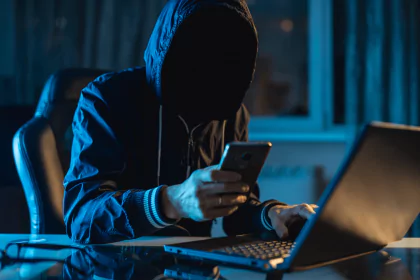In today’s digital age, online and mobile banking have become indispensable tools for managing personal finances. With the convenience of accessing accounts, transferring funds, and paying bills from anywhere at any time, the importance of securing these platforms cannot be overstated. This article provides comprehensive security tips for online and mobile banking, using Bank of America as a prime example. The goal is to ensure that you can enjoy the benefits of these technologies without compromising your financial security.
Introduction to Online and Mobile Banking
Online and mobile banking have revolutionized the way we handle financial transactions. These platforms offer numerous benefits, including:
- 24/7 access to account information
- The ability to transfer funds and pay bills from anywhere
- The convenience of depositing checks using a mobile device
- Enhanced tools for budgeting and financial management
However, with these benefits come significant security challenges. Cybercriminals are constantly developing new methods to exploit vulnerabilities and gain unauthorized access to accounts. Therefore, it is crucial to understand and implement effective security measures.
Understanding Bank of America’s Security Features
Bank of America is one of the largest and most reputable financial institutions in the United States. It offers a robust set of security features designed to protect its customers’ online and mobile banking activities. Some of these features include:
Two-Factor Authentication (2FA)
Bank of America uses two-factor authentication (2FA) to provide an additional layer of security. This involves verifying your identity using two different methods, typically something you know (like a password) and something you have (like a mobile device).
Secure Sockets Layer (SSL) Encryption
Bank of America’s online and mobile banking platforms use SSL encryption to protect data transmitted between your device and the bank’s servers. This encryption ensures that sensitive information, such as login credentials and financial data, cannot be intercepted by unauthorized parties.
Automatic Logout
To prevent unauthorized access, Bank of America’s online and mobile banking platforms automatically log you out after a period of inactivity. This helps protect your account if you forget to log out or if your device is lost or stolen.
Creating a robust password is crucial in preventing unauthorized access to your account.
Fraud Monitoring
Bank of America employs advanced fraud monitoring systems that analyze account activity for suspicious behavior. If unusual activity is detected, the bank may temporarily freeze your account and contact you to verify the transactions.
Best Practices for Secure Online and Mobile Banking
While Bank of America provides robust security features, it is also important for customers to take proactive steps to protect their accounts. Here are some best practices for secure online and mobile banking:
Use Strong, Unique Passwords
A strong password is your first line of defense against unauthorized access. Make sure your passwords are:
- At least 12 characters long
- A mix of uppercase and lowercase letters, numbers, and special characters
- Not easily guessable (avoid using common words or personal information)
Enable Two-Factor Authentication
Always enable two-factor authentication (2FA) for an added layer of security. This ensures that even if someone obtains your password, they will still need a second form of verification to access your account.
Keep Your Software Up to Date
Regularly update your operating system, browser, and banking apps to ensure you have the latest security patches. Cybercriminals often exploit vulnerabilities in outdated software to gain access to accounts.
Avoid Public Wi-Fi
Public Wi-Fi networks are often unsecured and can be a hotspot for cybercriminals. Avoid accessing your online or mobile banking accounts over public Wi-Fi. If you must use public Wi-Fi, consider using a virtual private network (VPN) to encrypt your internet connection.
Monitor Your Accounts Regularly
Regularly review your account statements and transaction history for any unauthorized activity. Report any suspicious transactions to Bank of America immediately.
Be Wary of Phishing Scams
Phishing scams are attempts by cybercriminals to trick you into providing personal information, such as your login credentials or credit card numbers. Be cautious of unsolicited emails, text messages, or phone calls asking for your personal information. Bank of America will never ask for your password or PIN via these methods.
Protecting Your Mobile Device
Since many people use mobile devices for banking, it is essential to secure your smartphone or tablet. Here are some tips to protect your mobile device:
Use a Strong Passcode
Set a strong passcode or use biometric authentication (such as fingerprint or facial recognition) to unlock your device. Avoid using easily guessable passcodes like “1234” or “0000”.
Always be wary of unexpected communications that request your personal details, as they may be phishing attempts.
Install a Reputable Security App
Install a reputable security app that can help protect your device from malware and other threats. Many security apps also offer features like remote wipe, which allows you to erase your data if your device is lost or stolen.
Disable Bluetooth and Wi-Fi When Not in Use
Bluetooth and Wi-Fi can be used by cybercriminals to gain access to your device. Disable these features when you are not using them to reduce the risk of unauthorized access.
Be Cautious with App Permissions
Be cautious when granting permissions to apps, especially those that request access to sensitive information or system features. Only download apps from trusted sources, such as the Apple App Store or Google Play Store.
Regularly Back Up Your Data
Regularly back up your data to a secure location, such as a cloud storage service or an external hard drive. This ensures that you can recover your information if your device is lost, stolen, or compromised.
Conclusion
Securing your online and mobile banking activities is essential to protecting your financial well-being. By understanding and utilizing the security features offered by Bank of America, and by following best practices for online and mobile banking, you can significantly reduce the risk of unauthorized access to your accounts. Remember, staying informed and vigilant is key to maintaining the security of your financial information.




